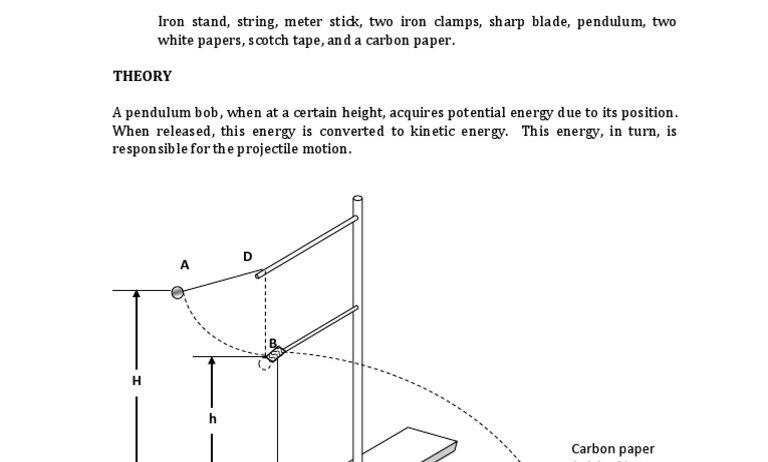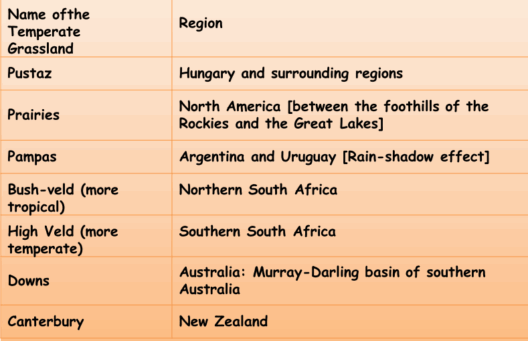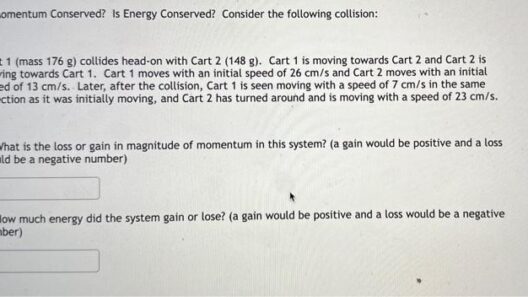In the realm of physics, projectile motion presents a fascinating phenomenon characterized by the trajectory of an object that is propelled into the air and subsequently influenced only by the force of gravity and air resistance. The quintessential examples are seen in sports like basketball or golf, where understanding the arc of the projectile can determine the success of a shot. A key question arises amidst the principles governing this motion: is energy conserved in a projectile’s path through the sky? To address this question, we must delve into the mechanics of energy conservation, kinetic and potential energy, and various external factors that can skew our perceptions.
Energy conservation is a fundamental principle in physics, postulating that in a closed system, the total energy remains constant. In the case of a projectile in motion, it is imperative to distinguish between kinetic energy (the energy of motion) and potential energy (the energy stored due to elevation). Initially, when an object is launched, it possesses a significant amount of kinetic energy, a product of its mass and the square of its velocity. As the object ascends, it slows down – its vertical velocity diminishes under gravity’s relentless pull – and the kinetic energy is converted into potential energy. At the apex of its arc, the projectile momentarily comes to rest; its kinetic energy is minimal, while potential energy reaches its zenith.
To fully unravel the dynamics of projectile motion, one must consider the parabolic trajectory it follows. This path embodies the interplay between horizontal and vertical motion, encapsulating the essence of energy transformation. Notably, during its descent back to the earth, the opposite begins to occur: potential energy is converted back into kinetic energy. The object accelerates downward, regaining speed as it plummets earthward, eventually impacting the ground with a force determined by the conservation of energy principles. This cyclical transformation raises intriguing discussions around the completeness of energy conservation within this context.
Energy conservation certainly holds true in an ideal scenario devoid of external hindrances. When analyzing projectiles in a vacuum, air resistance is negligible, ensuring that potential energy gained during an ascent is entirely transformed back into kinetic energy upon descent. However, our world is rarely so straightforward. Air resistance, often a vexing counterpart, can dissipate energy in the form of heat. Thus, while the fundamental principles of energy conservation remain intact, inefficiencies introduced by external factors paint a more complicated picture.
An understanding of these factors illuminates the path to appreciating how energy conservation operates in the natural world. One must consider the drag force – an opposing force that acts on the projectile as it travels through the air. The presence of this force results in a loss of mechanical energy, whereby energy that could have been translated into velocity is instead transformed into thermal energy. Consequently, the total mechanical energy of a projectile diminishes over time, leading to an apparent violation of conservation principles. This subtle but significant detail invites a reevaluation of how one perceives energy flow in systems influenced by resistive forces.
Beyond mechanical considerations, an examination of projectile motion offers insights into ecological implications and the broader context of energy use. The lessons drawn from understanding motion can serve not only sport but also inspire innovation and efficiency in technology. For instance, engineers and scientists often apply the principles of projectile motion when designing more efficient vehicles and sustainable energy solutions. The shift in perspective provided by projectile motion could guide advancements in renewable energy sources such as wind and hydroelectric power, revealing pathways to harness nature’s energy wisely.
Furthermore, the exploration of projectile motion can be interconnected with biomimicry, drawing from nature’s own efficient designs to inspire more sustainable practices. Animals such as birds and flying fish have evolved flight mechanisms that mitigate energy loss, demonstrating how understanding the conservation of energy arcs can yield practical applications across disciplines. This interplay between physics and nature beckons a new generation of thinkers who might apply these principles to promote environmentally sustainable methods and technologies.
In conclusion, the inquiry into whether energy is conserved in projectile motion reveals a multifaceted reality. While the foundations of energy conservation are upheld in ideal circumstances, real-world dynamics such as air resistance can obscure this straightforward relationship. Ultimately, projectile motion acts as a microcosm of the larger ecological narrative, emphasizing the necessity for a deeper understanding of energy flows and transformations in our interactions with the environment. By fostering a holistic awareness of energy conservation principles, we may better align our endeavors with the rhythms of the natural world, forging pathways toward a sustainable future. The arc of the projectile, then, becomes not merely a subject of physics but a metaphor for a journey toward greater ecological consciousness.






